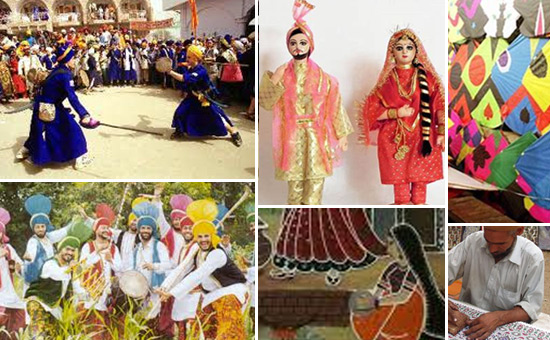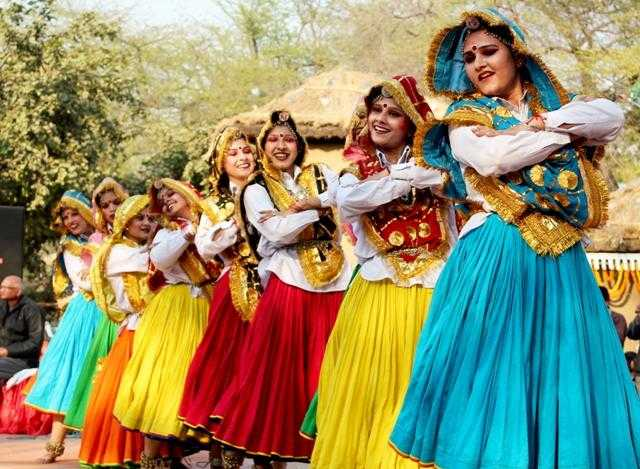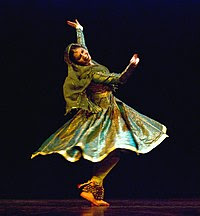-By Jigya Jain
Welcome to
Puducherry, a captivating destination that beautifully weaves together French
colonial influences and Indian traditions. Nestled on the southeastern coast of
India, this coastal town offers a rich cultural experience that enthralls
visitors from around the globe. Let's delve into the vibrant tapestry of
Puducherry's culture!
Puducherry's
colonial past is evident in its architecture, cuisine, and lifestyle. The
French ruled this region for nearly 300 years, leaving a lasting impact on the
town. As you wander through the quaint streets of the French Quarter, also
known as White Town, you'll be greeted by charming colonial buildings,
bougainvillea-laden boulevards, and delightful French-inspired cafes and
bakeries.
Puducherry is a
melting pot of diverse communities, including Tamil, French, and others. This
cultural blend has given rise to a unique fusion of traditions. Puducherry
celebrates its multicultural heritage with pride, evident in its colorful Hindu
temples, serene Aurobindo Ashram, magnificent Catholic churches, and the annual
French Heritage Festival. The town truly embraces and showcases the beauty of
its diverse roots.
For those seeking
spiritual solace, Puducherry offers a serene environment. The Aurobindo Ashram,
founded by Sri Aurobindo and his spiritual collaborator The Mother, serves as a
center for spiritual growth and meditation. Visitors can participate in yoga
and meditation sessions, explore the ashram's library, and immerse themselves
in the tranquil atmosphere that permeates the town.
Puducherry is a
haven for art enthusiasts. The town boasts a thriving art scene, with numerous
galleries showcasing both contemporary and traditional artwork. Don't miss the
opportunity to visit the renowned Pondicherry Museum, home to an impressive
collection of sculptures, archaeological artifacts, and historical relics that
offer a glimpse into the region's rich artistic heritage.
Prepare your taste
buds for a culinary adventure in Puducherry. The town's cuisine is a delightful
blend of French and Tamil flavors. Indulge in mouthwatering dishes like crepes,
baguettes, croissants, and quiches at the charming French cafes.

































